Introduction to HCOOCH CH2 H2O
HCOOCH CH2 H2O, more commonly known as formic acid methyl ester, is a chemical compound that belongs to the category of esters. Its chemical formula reveals a structure where a methyl group is esterified to formic acid, resulting in a compound with unique properties and functional characteristics. The systematic representation of HCOOCH CH2 H2O illustrates the arrangement of its atoms: a single carbon atom is connected to a formate group (HCOO) and a methylene group (CH2), which is further associated with water (H2O). This specific structure is significant as it contributes to the compound’s reactivity and versatility in various applications.
Formic acid methyl ester is distinguished by its polar nature, which allows it to be soluble in various solvents, facilitating its use in both laboratory and industrial environments. The importance of HCOOCH CH2 H2O is evident in fields such as organic synthesis, agriculture, and pharmaceutical development. Due to its chemical reactivity, it is commonly employed as an intermediate in chemical reactions and as a solvent for numerous organic compounds. Moreover, it has gained traction in agricultural applications, where it is used in formulations for pest control and as a feed additive in livestock management.
The relevance of HCOOCH CH2 H2O extends beyond its immediate chemical properties, as it plays a significant role in the corresponding fields where it serves. Its effectiveness as a solvent in the synthesis of active pharmaceutical ingredients underscores its crucial position in the pharmaceutical sector. Thus, understanding the properties and applications of formic acid methyl ester prepares the ground for a deeper exploration into its various functionalities and industrial relevance in the subsequent sections of this blog post.
Chemical Structure and Composition
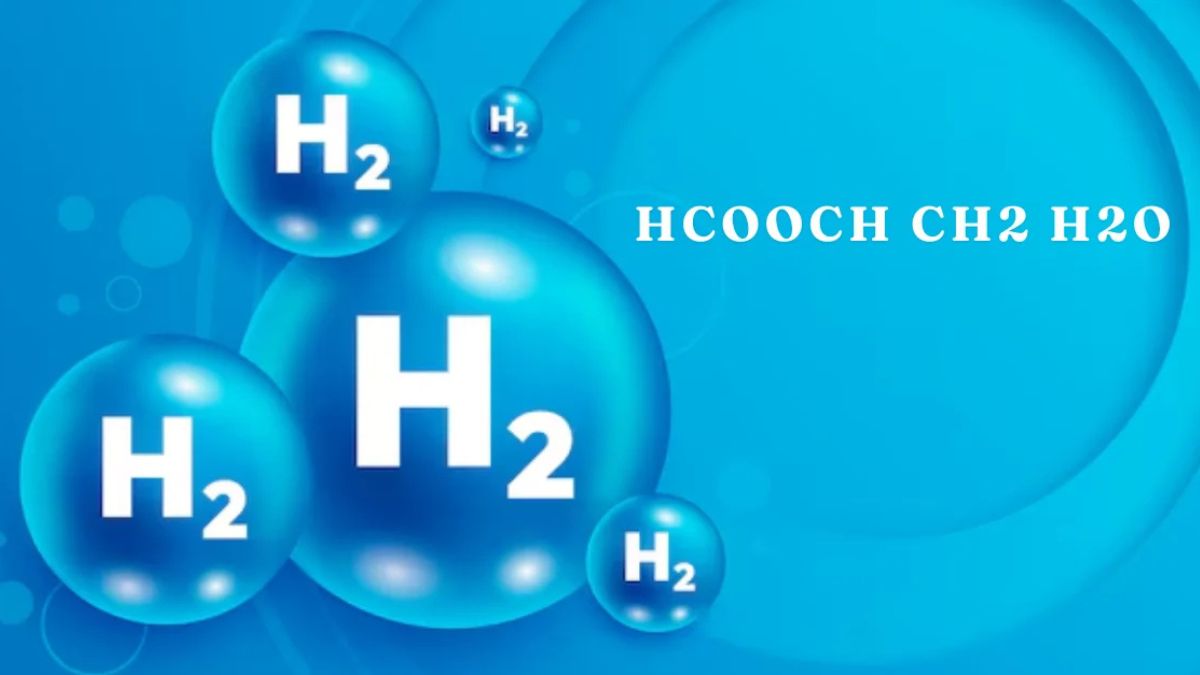
The compound HCOOCH CH2 H2O exhibits a unique molecular structure that plays a pivotal role in its chemical properties and applications. Its chemical formula indicates the presence of carbon, hydrogen, and oxygen atoms, which collectively define the characteristics of this compound. The molecular weight of HCOOCH CH2 H2O can be calculated by summing the atomic weights of its constituent elements—this provides insight into its reactivity and stability.
At the core of HCOOCH CH2 H2O’s molecular structure are functional groups that contribute to its distinct properties. One crucial component is the carboxylate group, denoted as -COO-. This group significantly influences the compound’s acidity and solubility in water, making HCOOCH CH2 H2O versatile in various chemical environments. Additionally, the hydroxy group (-OH) enhances the molecule’s polar nature, facilitating interactions with other polar compounds.
The arrangement of atoms within HCOOCH CH2 H2O can be schematically represented, with the carboxylate group positioned adjacent to the hydroxy group, forming what can be described as a pendant functional group scenario. This geometric configuration is critical as it affects both the intermolecular forces the molecule may engage in and its overall reactivity with other chemical species.
In visual representations, diagrams can illustrate the bond angles and spatial orientation of these functional groups, aiding in the comprehension of how the molecular structure determines the compound’s behavior in various applications. Moreover, by examining HCOOCH CH2 H2O within the context of structural chemistry, one can appreciate how modifications in specific atoms or groups can enhance or diminish its applications across different fields such as pharmaceuticals, agriculture, and polymer science.
Synthesis of HCOOCH CH2 H2O
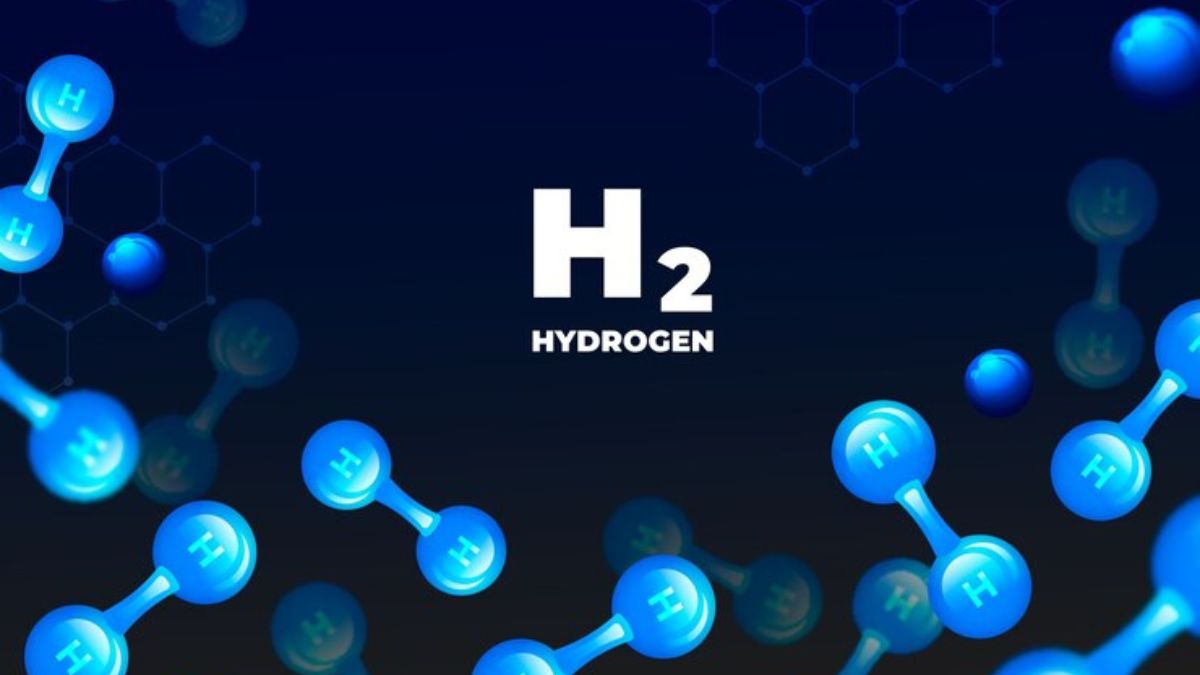
The synthesis of HCOOCH CH2 H2O, an essential compound, can be achieved through multiple methods that cater to both laboratory and industrial settings. One of the most common laboratory methods involves the esterification reaction between formic acid and ethanol under acidic conditions. In this process, the reactants are combined typically in a flask with a catalyst such as sulfuric acid, followed by heating to promote the reaction and eliminate any water formed as a byproduct. Controlled temperatures are crucial to ensure the efficient conversion of reactants into the desired ester.
In an industrial setting, continuous flow reactors are increasingly employed to optimize the production of HCOOCH CH2 H2O. These reactors facilitate more efficient heat and mass transfer compared to batch processes, allowing for higher yields. Raw materials, such as formic acid and ethanol, are fed continuously into the system, where they undergo the necessary reaction under carefully regulated temperatures and pressures. This method not only enhances the synthesis rate but also provides the advantage of easier separation of products, which becomes vital for large-scale operations.
Another innovative approach involves using microwave-assisted synthesis, which has gained recognition for its ability to accelerate reactions while improving yield and purity. By harnessing microwave energy, the reactants experience rapid heating, which can significantly shorten reaction times. Furthermore, the use of ionic liquids as solvents has also been explored, providing a more environmentally friendly alternative to traditional solvents, thus promoting sustainable chemical practices. These advancements signify a pivotal shift towards more efficient and eco-conscious methodologies in the synthesis of HCOOCH CH2 H2O, ensuring its accessibility for various applications across different fields.
Physical and Chemical Properties
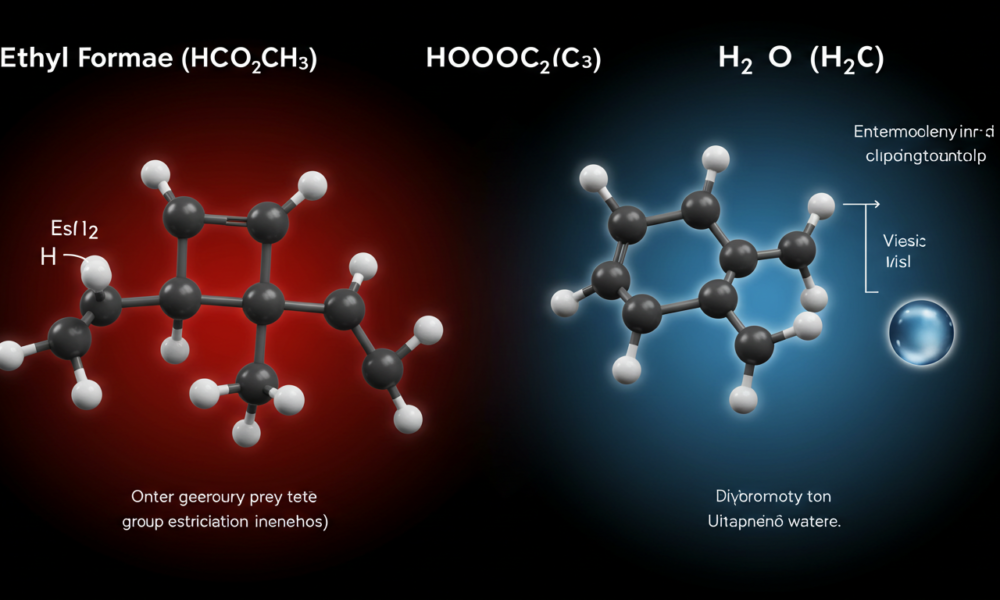
HCOOCH CH2 H2O, a compound commonly studied in chemistry, exhibits a range of physical and chemical properties that are essential for various applications. Understanding these properties is crucial for predicting the behavior of this compound under different conditions. One of the primary physical properties of HCOOCH CH2 H2O is its boiling point, which is influenced by the molecular interactions and the presence of the hydroxyl group. Typically, this compound has a boiling point conducive for its use in chemical processes, allowing for easy transitions between phases.
The melting point of HCOOCH CH2 H2O further informs its usability. Generally, compounds with similar structures will display a melting point that varies under different atmospheric pressures, thus affecting their practical applications. This sensitivity to temperature changes highlights the importance of careful monitoring when storing or utilizing the compound in laboratory settings.
In terms of solubility, HCOOCH CH2 H2O is typically soluble in polar solvents due to its hydrophilic characteristics imparted by the hydroxyl (-OH) group. However, its solubility can be affected by temperature and the nature of the solvent used. Understanding solubility is fundamental when HCOOCH CH2 H2O is employed in chemical reactions, as it determines the efficiency of reagent interaction.
Volatility is another significant aspect, with HCOOCH CH2 H2O displaying moderate volatility under standard conditions. This property is critical for applications that require controlled evaporation or concentration of the compound. Reactivity also plays a vital role; HCOOCH CH2 H2O can engage in various chemical reactions, including esterification processes, which are influenced by environmental factors such as pH and temperature.
The behavior of HCOOCH CH2 H2O under varying conditions provides valuable insights for both theoretical studies and practical applications, confirming its significance in the field of chemistry.
Applications in Industry
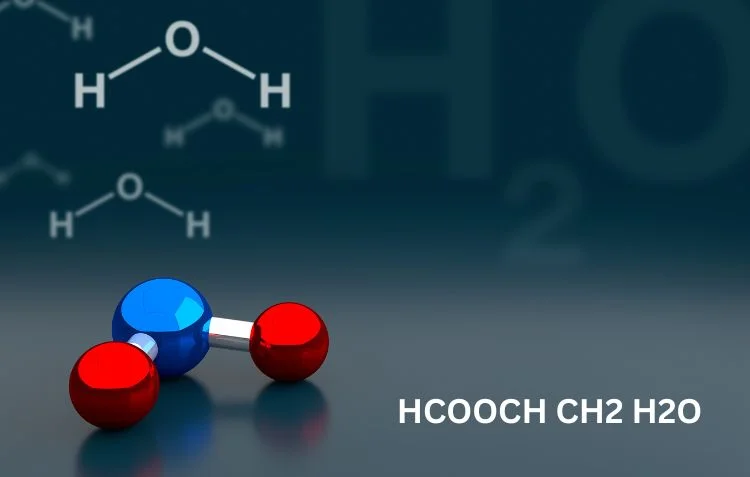
HCOOCH CH2 H2O, also known as methyl formate, is recognized for its versatile applications across various industrial sectors. Its unique properties, such as low toxicity and good solubility, enable it to serve as an effective solvent in multiple processes. In the chemical industry, methyl formate is widely employed as a solvent during the synthesis of various organic compounds, providing a favorable environment for reactions due to its chemical stability and efficiency in dissolving polar and non-polar substances alike.
The pharmaceutical industry has also embraced HCOOCH CH2 H2O, utilizing it as an intermediate in the synthesis of active pharmaceutical ingredients (APIs). Its ability to facilitate various chemical reactions makes it an ideal choice for producing specific compounds with desired therapeutic effects. For instance, methyl formate plays a critical role in the manufacturing of esters, which are vital in the formulation of many medication types, from analgesics to antibiotics.
In the plastics industry, HCOOCH CH2 H2O is used in the production of biodegradable plastics. Its presence enhances the properties of the final products, contributing to reduced environmental impact and improved performance. The textile industry also benefits from this chemical, incorporating it as a solvent for dyes and finishes, thereby enabling the production of high-quality fabrics with enhanced color vibrancy and durability.
Moreover, in agrochemical formulations, methyl formate serves as a carrier or solvent for pesticides and herbicides. Its effectiveness in dissolving active ingredients ensures that formulations maintain stability while providing effective pest control solutions. Overall, the diverse applications of HCOOCH CH2 H2O across industries, from pharmaceuticals to textiles, underline its significant role in modern manufacturing processes.
Environmental Impact and Safety Considerations

The environmental impact of HCOOCH CH2 H2O, commonly known as methyl formate, is an important consideration in its utilization across various industries. As a relatively simple ester, methyl formate presents both benefits and challenges concerning environmental safety and human health. Proper understanding and adherence to safety measures can significantly mitigate potential hazards associated with its use and disposal.
Methyl formate is known for its low toxicity levels compared to other solvents, making it an appealing choice for environmentally conscious applications. Its volatility, however, poses some risks. When released into the atmosphere, HCOOCH CH2 H2O can contribute to smog formation if not managed correctly. Consequently, regulatory guidelines from agencies such as the Environmental Protection Agency (EPA) provide a framework for monitoring emissions and ensuring compliance with air quality standards.
In terms of aquatic life, studies indicate that methyl formate has a moderate impact on water organisms. Therefore, disposal practices must be carefully considered to prevent contamination of water bodies. It is advisable to follow best practices, including proper waste segregation and treatment processes, to reduce the risks associated with surface and groundwater pollution.
When handling HCOOCH CH2 H2O in laboratory or industrial settings, safety data sheets (SDS) should be consulted. The SDS provides essential information regarding personal protective equipment, potential exposure limits, and first aid measures in case of accidental exposure. Employees should be trained in these protocols to ensure that they can effectively handle methyl formate safely.
In conclusion, while HCOOCH CH2 H2O presents certain environmental challenges, compliance with safety regulations and responsible handling practices can effectively mitigate these risks and ensure its sustainable use.
Current Research and Developments
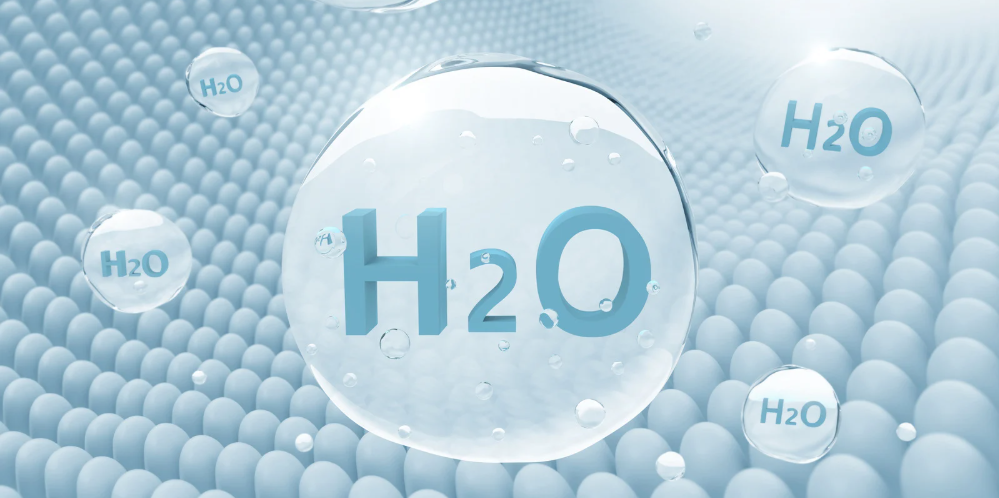
Research on HCOOCH CH2 H2O has gained considerable momentum in recent years, reflecting its significance in various industrial applications and the growing interest in optimizing its properties. Innovations in synthesis methods have emerged, allowing for more efficient production and greater yields. Researchers are exploring alternative pathways that utilize more sustainable and less hazardous reagents, effectively addressing safety concerns associated with conventional synthesis techniques. These developments not only improve the practicality of HCOOCH CH2 H2O in commercial contexts but also minimize environmental impact.
Furthermore, studies have indicated potential enhancements in the compound’s utilization across diverse fields, including pharmaceuticals, agriculture, and materials science. The exploration of HCOOCH CH2 H2O as a solvent in chemical reactions has opened avenues for greener chemistry, promoting reduced toxicity and better reaction efficiencies. Investigations into its role in drug formulation highlight the compound’s capability to enhance drug solubility, which is vital for therapeutic effectiveness. Additionally, its application as a biopesticide in agricultural settings underscores its utility in promoting sustainable practices, potentially reducing the reliance on synthetic chemical pesticides.
Researchers are also examining the environmental impacts of HCOOCH CH2 H2O to ensure its safe application in relevant industries. These studies assess the compound’s biodegradability, accumulation potential, and effects on ecosystems, contributing to a broader understanding of its environmental footprint. By addressing these factors, the research aims to reassure stakeholders about the responsible use of HCOOCH CH2 H2O, providing assurance that innovations do not compromise environmental integrity.
As ongoing research continues to unveil new insights and applications, the future of HCOOCH CH2 H2O appears promising. Its enhanced synthesis, broadened utilization possibilities, and improved safety measures underscore the significance of this compound in modern chemistry. The commitment to understanding and developing HCOOCH CH2 H2O will likely lead to innovative solutions that balance industrial needs with environmental considerations.
Future Trends in HCOOCH CH2 H2O Usage

The landscape of HCOOCH CH2 H2O usage is poised for significant transformations across multiple industries. As a versatile and efficient compound, its applications are expected to expand particularly in areas such as pharmaceuticals, agriculture, and environmental management. Technological advancements are a primary driving force behind these trends. Innovations in synthesis methods and analytical techniques are making HCOOCH CH2 H2O more accessible and enhancing its properties. Enhanced production processes are likely to reduce costs, thereby increasing its adoption in commercial applications.
Additionally, regulatory changes focusing on sustainability and environmental impact are influencing market dynamics. As industries strive to comply with strict environmental regulations, the demand for compounds like HCOOCH CH2 H2O—which are perceived as less harmful and more efficient alternatives—will likely grow. This is especially relevant in sectors like agricultural chemistry, where the compound may serve as a safer pesticide or herbicide. The emphasis on sustainability is a significant factor driving research into HCOOCH CH2 H2O, with companies searching for eco-friendly solutions to meet both consumer and regulatory demands.
Moreover, the increasing awareness and preference for sustainable practices among consumers are expected to bolster the use of HCOOCH CH2 H2O. As industries adopt cleaner technologies, the role of this compound may become more prominent, particularly in developing sustainable alternatives in energy production and waste management. Future studies may focus on exploring its effectiveness in biofuels and biodegradable materials, thereby aligning with global initiatives aimed at reducing carbon footprints.
In conclusion, the demand for HCOOCH CH2 H2O is likely to expand, fueled by technological innovations and sustainability efforts across various sectors. As industries evolve, this compound’s relevance in promoting environmentally friendly practices may become increasingly critical.
Conclusion
In conclusion, HCOOCH CH2 H2O has emerged as a significant compound with a wide array of properties and applications across various fields. Its unique molecular structure not only contributes to its functionality but also underlines its versatility in both industrial and research settings. The compound, fundamentally understood as a form of methanolate, presents various chemical characteristics that render it a valuable asset in modern chemistry, particularly in the synthesis of chemicals and as a solvent in numerous processes.
Throughout this exploration, we have examined HCOOCH CH2 H2O in the context of its role in catalysis and its effectiveness in enhancing reaction rates. By providing a stable environment for reactions, this compound plays a crucial role in facilitating the development of new materials and chemicals. Furthermore, its relevance is not limited to laboratory research; HCOOCH CH2 H2O is integral in various industrial applications, including pharmaceuticals, agrochemicals, and energy solutions, making it indispensable for meeting contemporary industrial demands.
The promise shown by HCOOCH CH2 H2O encourages further investigation into its potential benefits, emphasizing the necessity for ongoing research. Innovations in chemistry and materials science continue to highlight the prospects of this compound, fostering the development of more sustainable and efficient practices. The exploration of HCOOCH CH2 H2O invites researchers and professionals alike to delve deeper into its properties, ensuring that stakeholders in various sectors remain informed about its capabilities. Ultimately, HCOOCH CH2 H2O stands as a testament to the critical intersection of science and practical application, echoing the call for continuous exploration in light of evolving industrial needs.






